Keywords
|
| Distributed power Generation, DC- AC power conversion, grid- connected converters, Single - phase systems, multilevel converters. |
INTRODUCTION
|
| With regard to harmonic distortion content, power factors, and dc components, the output current of grid connected power converters must comply with the requirements of electricity supply companies. Multilevel converters have been under research and development for more than three decades and have found successful industrial application. However, this is still a technology under development, and many new contributions and new commercial topologies have been reported in the last few years. The aim of this paper is to group and review these recent contributions, in order to establish the current state of the art and trends of the technology, to provide readers with a comprehensive and insightful review of where multilevel converter technology stands and is heading [1]. This paper first presents a brief overview of well-established multilevel converters strongly oriented to their current state in industrial applications to then center the discussion on the new converters that have made their way into the industry [2]. Recently, converter topologies employing a high-frequency transformer instead of a line frequency one have been investigated in order to reduce size and weight. The tradeoff between high efficiency and low cost is a hard task for these architectures because they require several power stages. On the other hand, in low-power applications, international standards allow the use of grid-connected power converters without any galvanic isolation, thus allowing the so called transformerless architectures. This paper concerns the use of multilevel topologies for single-phase converters, but in order to remain linked to a practical implementation, the unipolar PWM applied to a full bridge topology is taken as reference. It is important to note that, in this paper, the term unipolar PWM refers to a three-level output voltage, whose first switching harmonic resides at twice the switching frequency [3]. The unipolar PWM is always applied to a full-bridge structure. |
CIRCUIT TOPOLOGY
|
| Multilevel converters are nowadays widely adopted the basic idea is that the dc-link voltage can be split between different capacitors, which can provide intermediate voltage levels between the reference potential and the dc-link voltage. Numerous solutions regarding five-level single-phase topologies are there but considering the advantages of the proposed system. Its principle of operation with proposed PWM control is presented in detail. |
A. PROPOSED FIVE LEVEL SINGLE PHASE SOLUTION
|
| The proposed converter is shown in Fig. 2.1. This converter architecture, known as the H6 Bridge, was originally developed in combination with a suitable PWM strategy, in order to keep constant the output common-mode voltage in case of a transformerless inverter for photovoltaic applications. |
| In this paper, this converter structure is used to obtain a five-level grid-connected converter for single-phase applications. In steady-state conditions, due to the low voltage drop across the inductance Lf of the output filter, the output voltage of the converter has a fundamental component very close to the grid voltage. The frequencies of these two voltages are identical, whereas the amplitude and their phase displacement are only slightly different. As a consequence, the shape of the modulation index m of the power converter is very similar to the grid voltage waveform.[5,6,7] |
| The output voltage of the converter can be written as Vout = mVdc. Depending on the modulation index value, the power converter will be driven by different PWM strategies. As a matter of fact, it is possible to identify four operating zones as shown in fig 2.2. |
| For each zone, the output voltage levels of the powerconverter will be different, as shown in Table I. |
ZONES OF OPERATION OF PROPOSED CONVERTER MODEL
|
| The principle operation of the proposed solution is shown for a whole period of the grid voltage, i.e., of the modulation index. During the positive semi period the transistors T1 and T4 are ON and T2 and T3 are OFF. In Zone 1, T5 is OFF and T6 commutates at the switching frequency, whereas in Zone 2 T5 commutates at the switching frequency and T6 is ON. During the negative semi period the full bridge changes configuration, with T1 and T4 OFF and T2 and T3 ON. With similarity to Zone 1 and 2, in Zone 3 T5 commutates while T6 is OFF, and in Zone 4 T5 in ON and T6 commutates. |
| The gate signals for finishing a cycle is clearly presented in fig 3.1. The direction of current path during the positive half period in Zone 1 and Zone 2 are shown in the figures 3.2 and 3.3 respectively. The controlled power switches that are ON during the whole PWM period are substituted by a solid line, whereas devices that are OFF during the whole PWM periods are not displayed in fig. 3.1respectively. |
| In Zone 1 the switching of the transistor T6 changes the output value between +VMP is provided by the low side capacitor as seen in Fig 3.1 and 0 V during the freewheeling phase both diodes D1 and D2 are ON, imposing an almost null voltage at the full-bridge output asshown in fig 3.3 for each dead time period of about 3 to 5μs. |
| In Zone 2 T6 is ON and the switching of T5 changes the output voltage from +Vdc to +VMP as seen in fig 3.2. A similar procedureis followed for the negative semi period in Zones 3 and 4 respectively. |
| It must be observed that only a transistor is switching for every zone. Furthermore, the anti-parallel diode of every power switch is not used allowing the use of MOSFETs for all the transistors |
SIMULATION MODEL DESIGN OF PROPOSED CIRCUIT
|
| Grid-tie inverters are also designed to quickly disconnect from the grid if the utility grid goes down. This is an NEC requirement that ensures that in the event of a blackout, the grid tie inverter will shut down to prevent the energy it transfers from harming any line workers who are sent to fix the power grid. Properly configured, a grid tie inverter enables a home owner to use an alternative power generation system like solar or wind power without extensive rewiring and without batteries. If the alternative power being produced is insufficient, the deficit will be sourced from the electricity grid.The simulation design of proposed converter connected to grid is shown below in fig 4.1. The closed loop system with proposed unipolar PWM gate signal generation is provided. |
| The main advantage of the proposed system is with the balancing of the split capacitor voltage according to the requirement of the active power need is like demand verses supply with available power quantity check. |
| The figure 4.2 is the gate pulse generation using uni-polar pulse width modulation way of pulse generation i.e. reference wave verses carrier pulse of 10 kHz frequency comparison. |
| The output voltage of the proposed five-level converter based on a full-bridge converter with two added power switches and two diodes connected to the midpoint of the dc link obtained in the Simulink model is ±400 volts peak-peak and the output waveforms are shown in Fig. 4.3. |
| The figure 4.4 describe the converter grid injected current with the amplitude of the 10 A. The shape of the waveform is almost harmonic free sinusoidal |
| The THD analysis is also compared for the simulation which is shown in Fig. 4.5. The total harmonic distortion in grid currents is 4.72% for the selected signals of five obtained using the FFT analysis |
APPLICATIONS
|
| 1. Power conditioning. |
| 2. Motor drives. |
| 3. UPS. |
ADVANTAGES
|
| 1. Reduced harmonic. |
| 2. Less EMI. |
| 3. Smaller & Cheaper filter. |
| 4. Reduced switching power losses. |
| 5. Power factor improvement |
CONCLUSION
|
| This paper is proposed with a five level full bridge MC for single-phase grid connected converters. The converter topology uses the midpoint voltage of the dc link to provide two more output voltage levels, decreasing switching power losses and EMI. In order to obtain the minimum number of commutations to maximize efficiency, the PWM strategy was used. Simulations results showed are depicting that the feasibility of the proposed converter architecture and the ability of the MVC to compensate for system asymmetries. Experimental results showed that the effectiveness of the proposed solution in terms of THD is good about 4.7% only. |
FUTURE SCOPE
|
| The system can be developed to high level that can further reduce the distortion. As the structure of this project itself implies that it can be very simple and very efficient one. Solar power plant is emerging trend to extract the electrical power. In future this design may more help to invert the power and directly fed to the grid. |
Figures at a glance
|
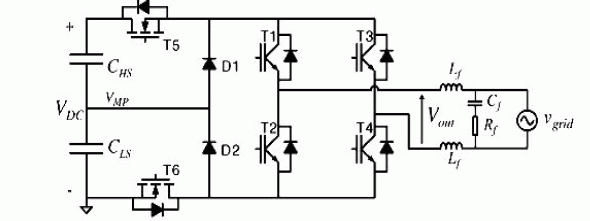 |
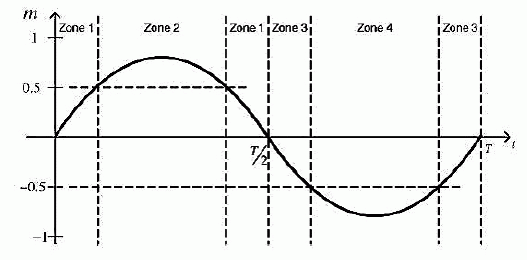 |
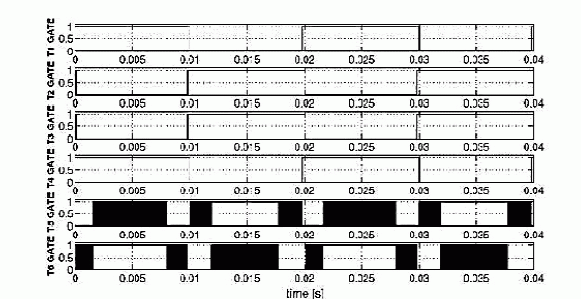 |
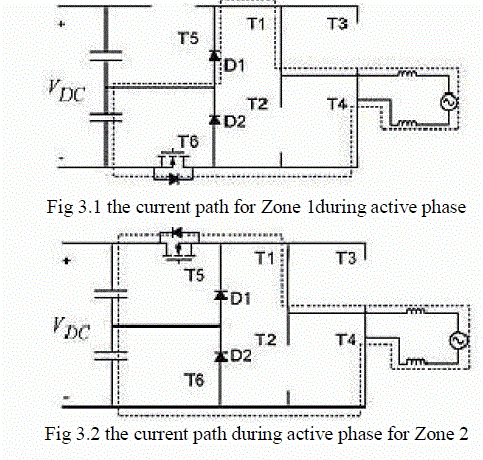 |
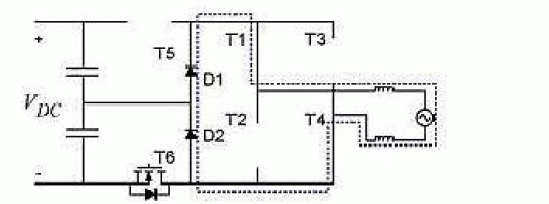 |
| Figure 1 |
Figure 2 |
Figure 3 |
Figure 4 |
Figure 5 |
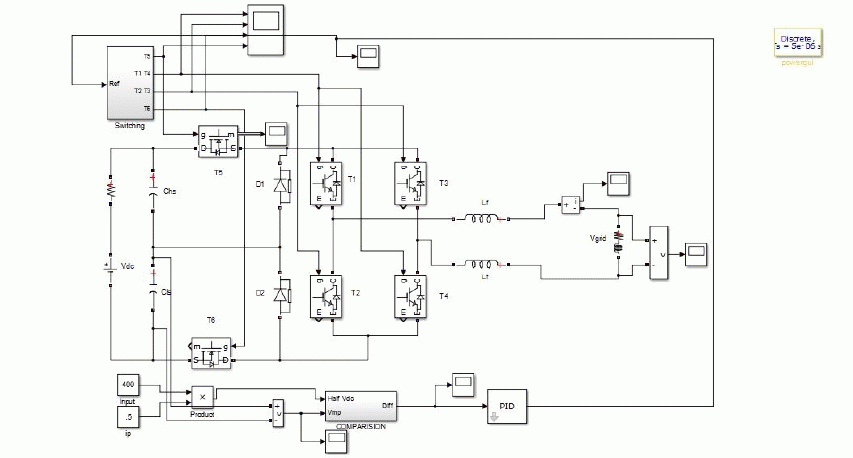 |
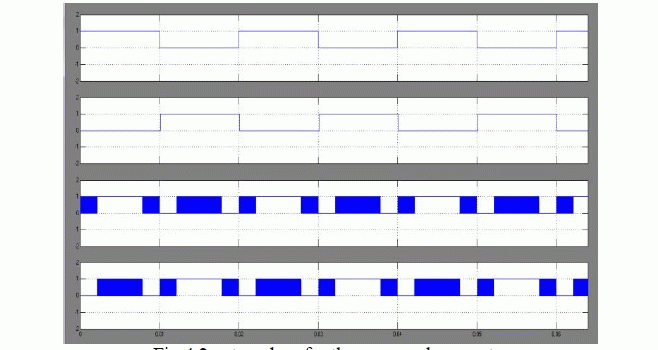 |
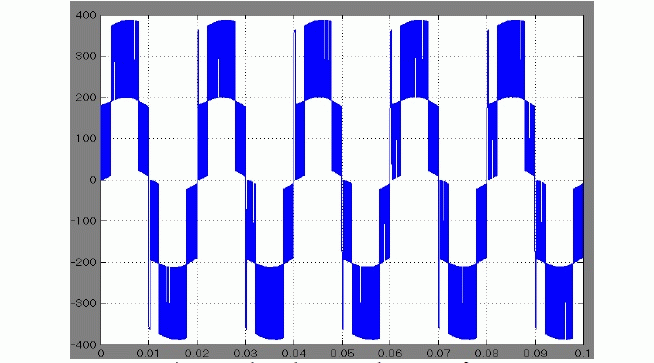 |
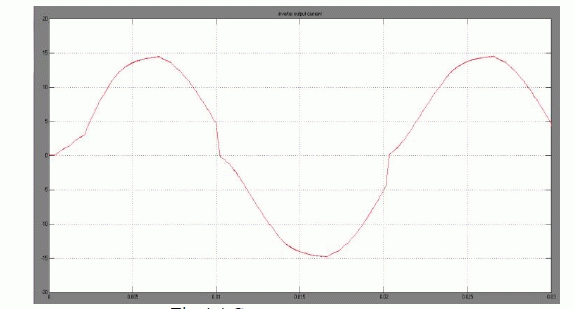 |
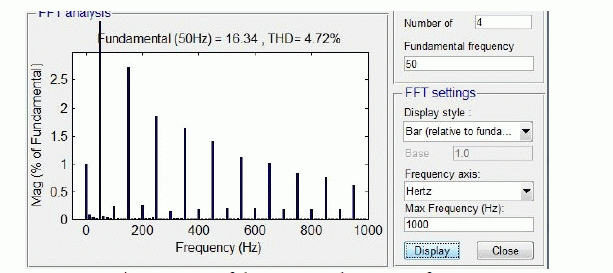 |
| Figure 6 |
Figure 7 |
Figure 8 |
Figure 9 |
Figure 10 |
|
| |
References
|
- F.-P. Zeng, G.-H.Tan, J.-Z.Wang, and Y.-C. Ji, “Novel single-phase five level voltage-source inverter for the shunt active power filter,” PowerElectron., vol. 3, no. 4, pp. 480–489, Jul. 2010.
- R. Gonzalez, E. Gubia, J. Lopez, and L. Marroyo, “Transformerless single-phase multilevel-based photovoltaic inverter,” IEEE Trans. Ind.Electron., vol. 55, no. 7, pp. 2694–2702, Jul. 2008.
- D. Barater, G. Buticchi, A. S. Crinto, G. Franceschini, and E. Lorenzani, “A new proposal for ground leakage current reduction intransformerless grid-connected converters for photovoltaic plants,” in Proc. 35th IEEEIECON, Nov. 2009, pp. 4531–4536.
- G. Buticchi, G. Franceschini, E. Lorenzani, D. Barater, and A. Fratta, “A novel compensation strategy of actual commutations for groundleakage current reduction in PV transformerless converters,” in Proc. 36th IEEE IECON, Nov. 2010, pp. 3179–3184.
- Q. Mei, M. Shan, L. Liu, and J. Guerrero, “A novel improved variable step-size incremental-resistance MPPT method for PV systems,” IEEETrans. Ind. Electron., vol. 58, no. 6, pp. 2427–2434, Jun. 2011.
- R. Kadri, J.-P.Gaubert, and G. Champenois, “An improved maximum
- Power point tracking for photovoltaic grid-connected inverter based on voltage-oriented control,” IEEE Trans. Ind. Electron., vol. 58, no. 1,pp. 66–75, Jan. 2011.
- IEEE Recommended Practices and Requirements for Harmonic Controlin Electrical Power Systems, IEEE Std 519-1992, 1993
- D. Infield, P. Onions, A. Simmons, and G. Smith, “Power quality from multiple grid-connected single-phase inverters,” IEEE Trans. PowerDel., vol. 19, no. 4, pp. 1983–1989, Oct. 2004.
- R. Gonzalez, E. Gubia, J. Lopez, and L. Marroyo, “Transformerless single-phase multilevel-based photovoltaic inverter,” IEEE Trans. Ind.Electron., vol. 55, no. 7, pp. 2694–2702, Jul. 2008.
- S. Kouro, M. Malinowski, K. Gopakumar, J. Pou, L. Franquelo, B. Wu, J. Rodriguez, M. Pandrez, and J. Leon, “Recent advances and industrial applications of multilevel converters,” IEEE Trans. Ind. Electron., vol. 57,no. 8, pp. 2553–2580, Aug. 2010.
- J.-S. Lai and F. Z. Peng, “Multilevel converters—A new breed of power converters,” IEEE Trans. Ind. Appl., vol. 32, no. 3, pp. 509–517, May 1996.
|